Description
Spanish Silver Cobs – 18th Century
Spanish Colonial America Potosi Mint
The Potosi mint in present-day Bolivia was established in 1574 and became one of the world’s largest producers of silver coins. The colonial mints produced irregularly shaped coinage called cobs. Cob comes from the Spanish word “Cobo,” meaning bar or ingot.
Silver was cut into chunks of the appropriate weight and then struck with a hammer between crude dies. The cobs’ size, shape, and impression are highly irregular, but they were the proper weight. Often only a small portion of the image from the die was imprinted on the silver. The most important feature of any cob coin is the date. If a cob has an intact date, it is worth much more than a cob where the date is missing.
Spanish Cob Identification – Inscriptions and Symbols
Obverse
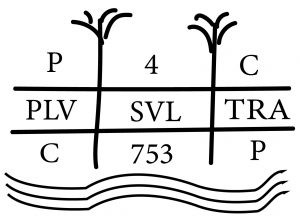
The front side depicts the Pillars of Hercules (the legendary entrance to the Mediterranean), representing the end of the world as known to the ancients. Below are three ocean waves. The Latin phrase “Plus Ultra” (meaning “more beyond”) is written across the center, signifying that the Spanish empire extended well beyond the Pillars of Hercules. The mint mark P (Posti) is in the coin’s upper left and lower right corners. The assayer’s initials are in the lower left and upper right corners. The date is located at the bottom center of the cob and consists of 3 digits, 753 represents 1753. The coin denomination is situated at the top center.
Reverse
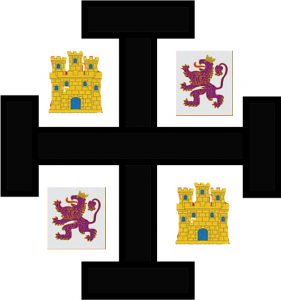
The Jerusalem cross is found on one side of all cobs, signifying the unity of Church and State. Within the cross are two castles and two lions in opposing corners, symbolizing Spain’s emergence as a nation following the unification of its earlier kingdoms of Castile and Leon.
Spanish Silver Cob Coin Replicas
Pirate Treasure
Embark on a thrilling seafaring adventure with the 18th Century Spanish Silver Cob Replica Coins – the perfect treasure for any pirate’s trove! These exquisite coins were once used as legal tender during the golden age of piracy and had a rich history of intrigue, danger, and treasure.
International traders widely used Spanish Silver Cobs, and the American colonies accepted them as currency.
The popularity of these coins made them a prime target for pirates who would often plunder Spanish treasure ships to seize their precious cargo.
Pirate-themed movies, books, and games feature the Spanish Cob coins as a famous icon of the Golden Age of Piracy.
Craftsmanship
Impressions were taken from the original 18th-century Potosi mint cobs to recreate exact replicas of the coins. The set includes essential denominations, one real, two reales, four reales, and eight reales Spanish silver cobs.
The cobs are electro-silver plated with genuine silver, with a hand-finished patina to give them a historical look.
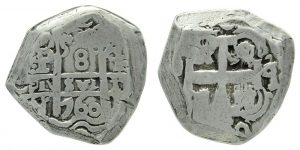
1760 Eight Reales Silver Cob 35 mm
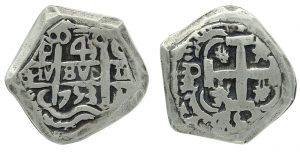
1753 Potosi, 4 Reales Spanish Silver Cob 28 mm
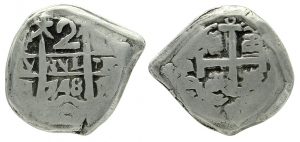
1748 Potosi, 2 Reales Spanish Silver Cob 26 mm
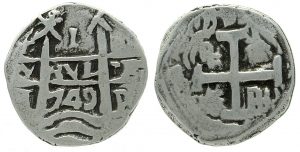
1753 Potosi, 4 Reales Spanish Silver Cob 18 mm
Benefits of Owning Replica Spanish Silver Cobs
- Replica coin cobs are perfect for historical research because they accurately represent coins from the past.
- Replicas cost far less than authentic coins, so they offer an affordable way for people to explore the history and better understand coins from different eras.
- They also make great gifts for collectors and those interested in numismatics, 18th-century history, and the stories of pirates.
Package
Once you remove the coins from the package, you will see the coin’s image underneath, and you can use the package as a future reference.
The reverse side of the package provides a helpful guide for identifying the meaning of the markings and inscriptions of Pillar and Wave Spanish silver cobs.
Electro-Silver Plated with real silver over a lead-free metal.
Made in the USA

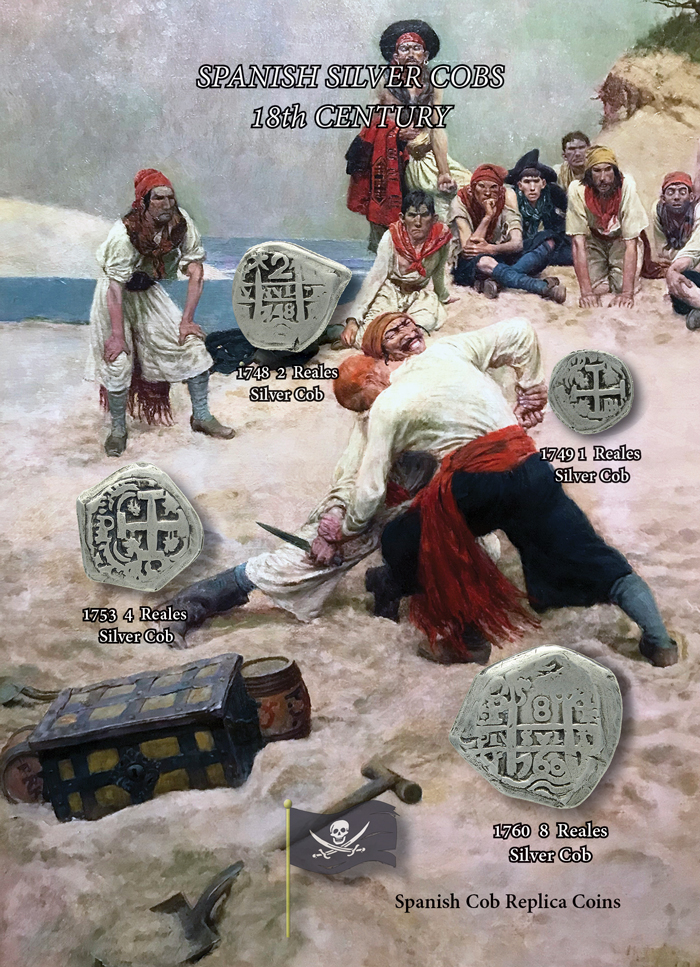
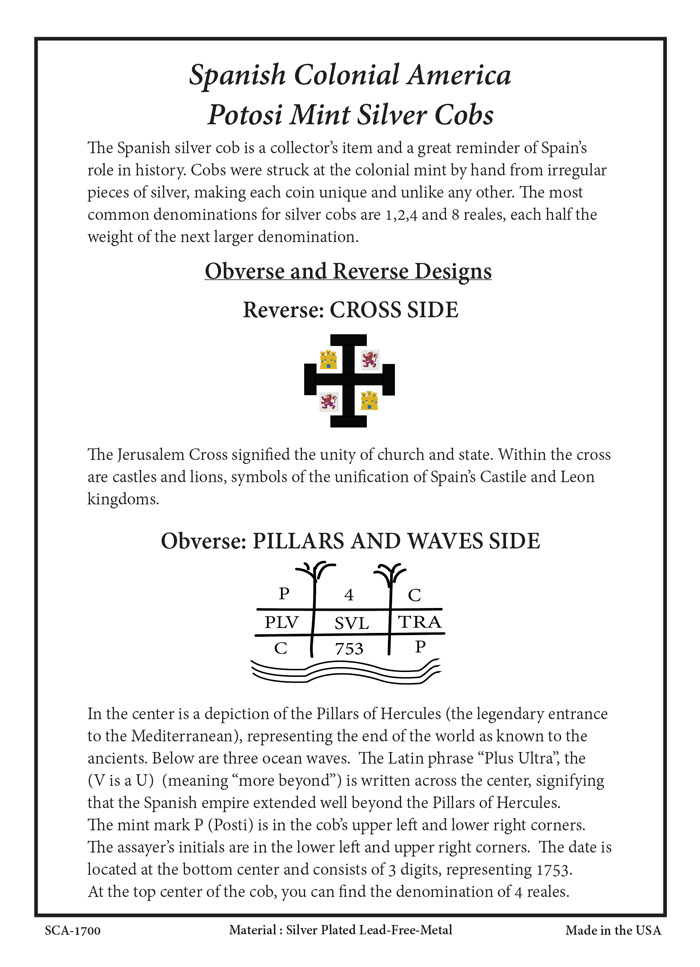
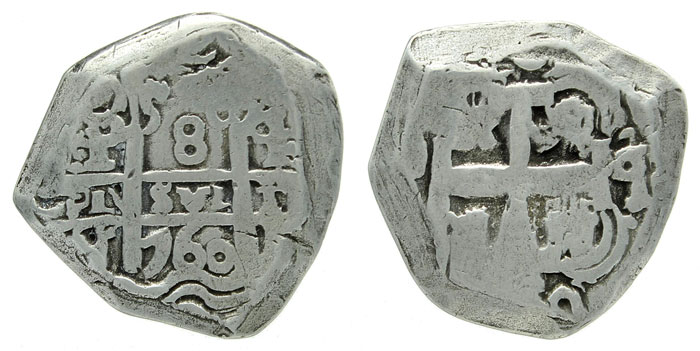

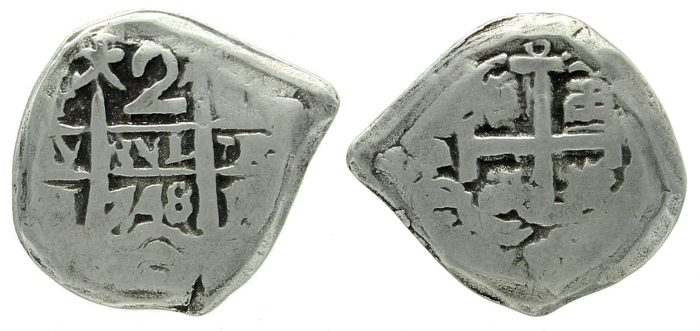

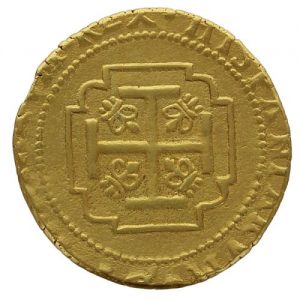
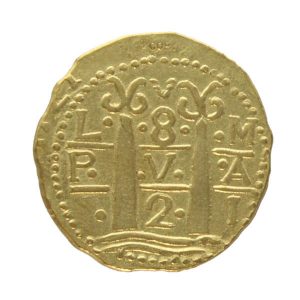
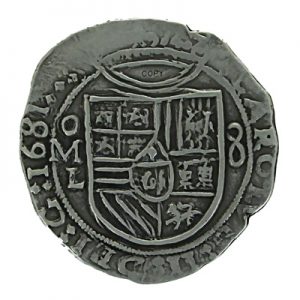
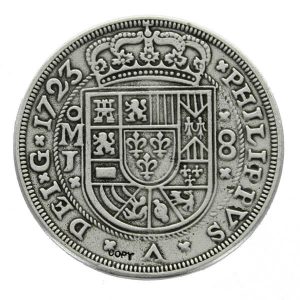
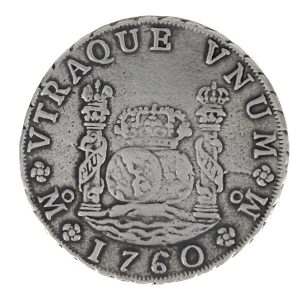
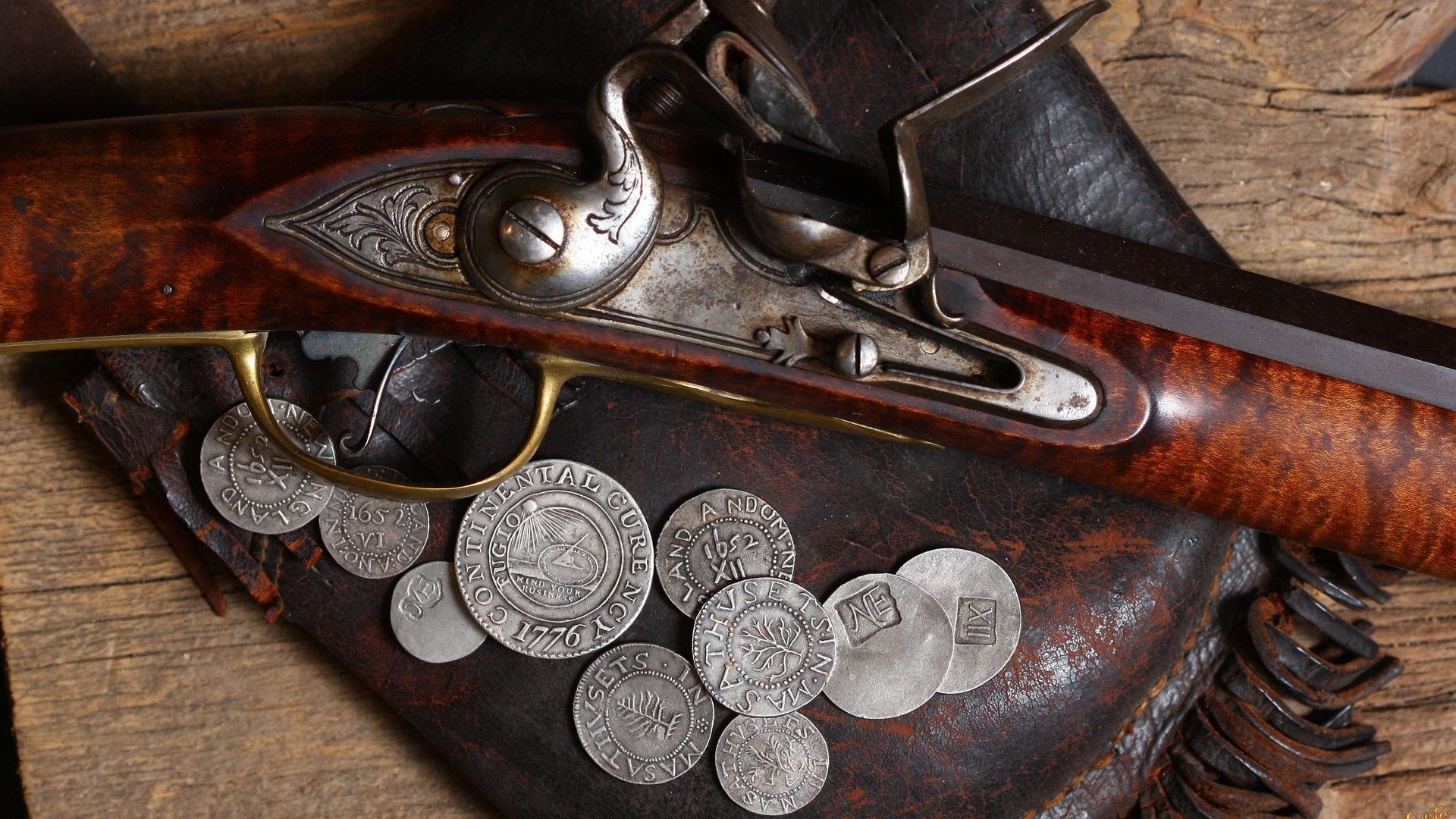
Reviews
There are no reviews yet.